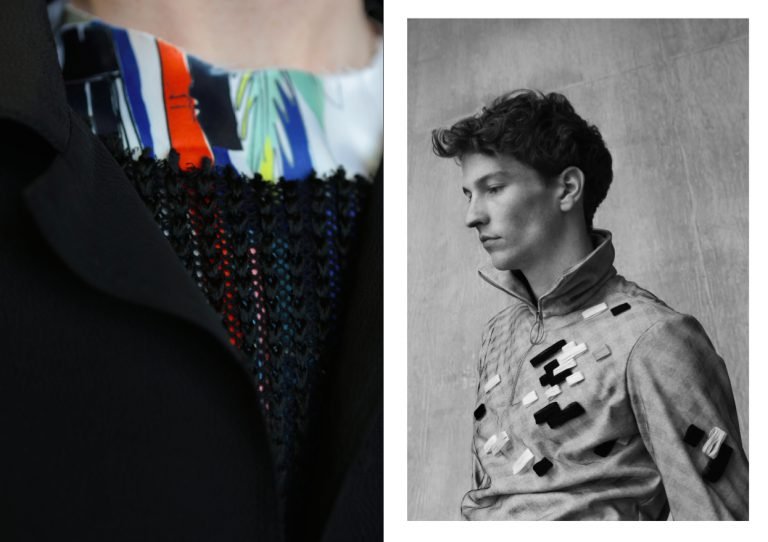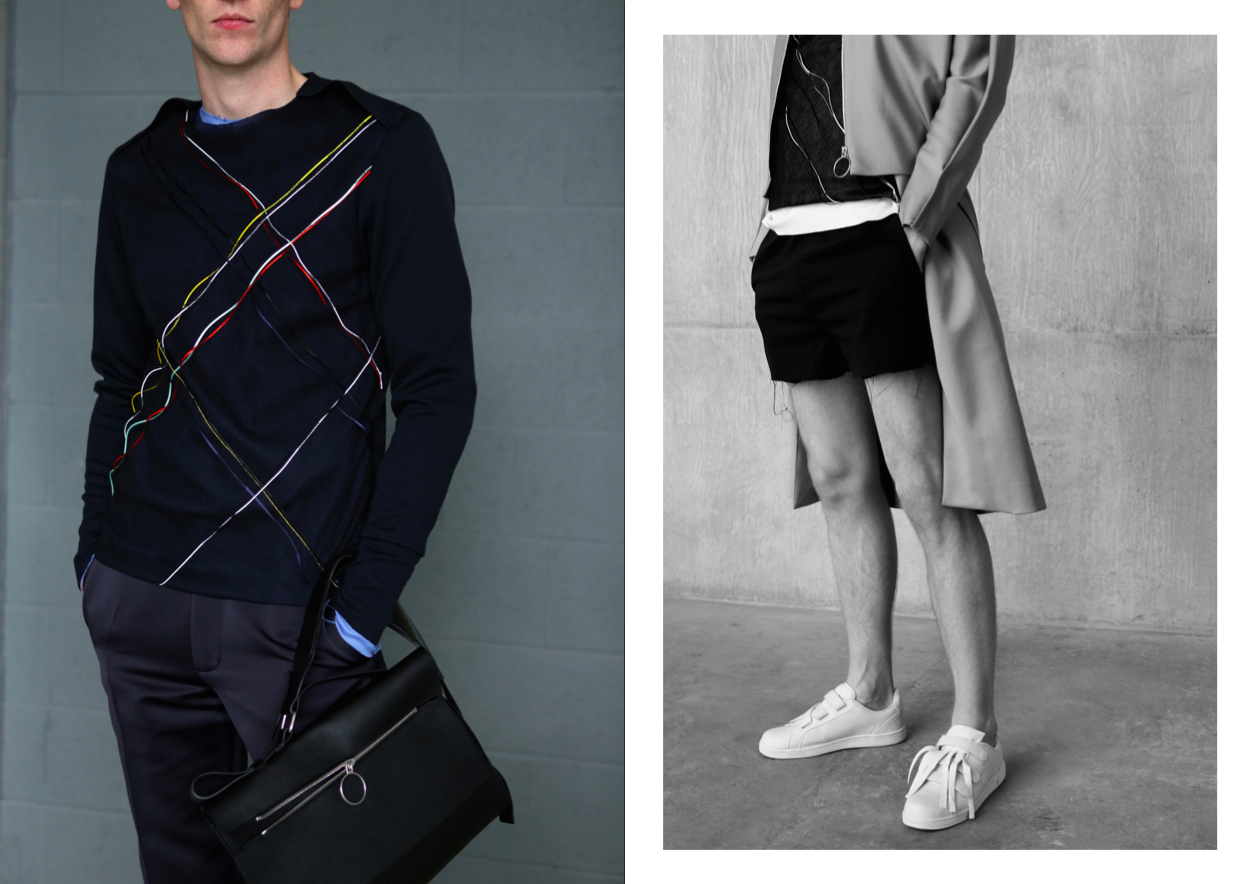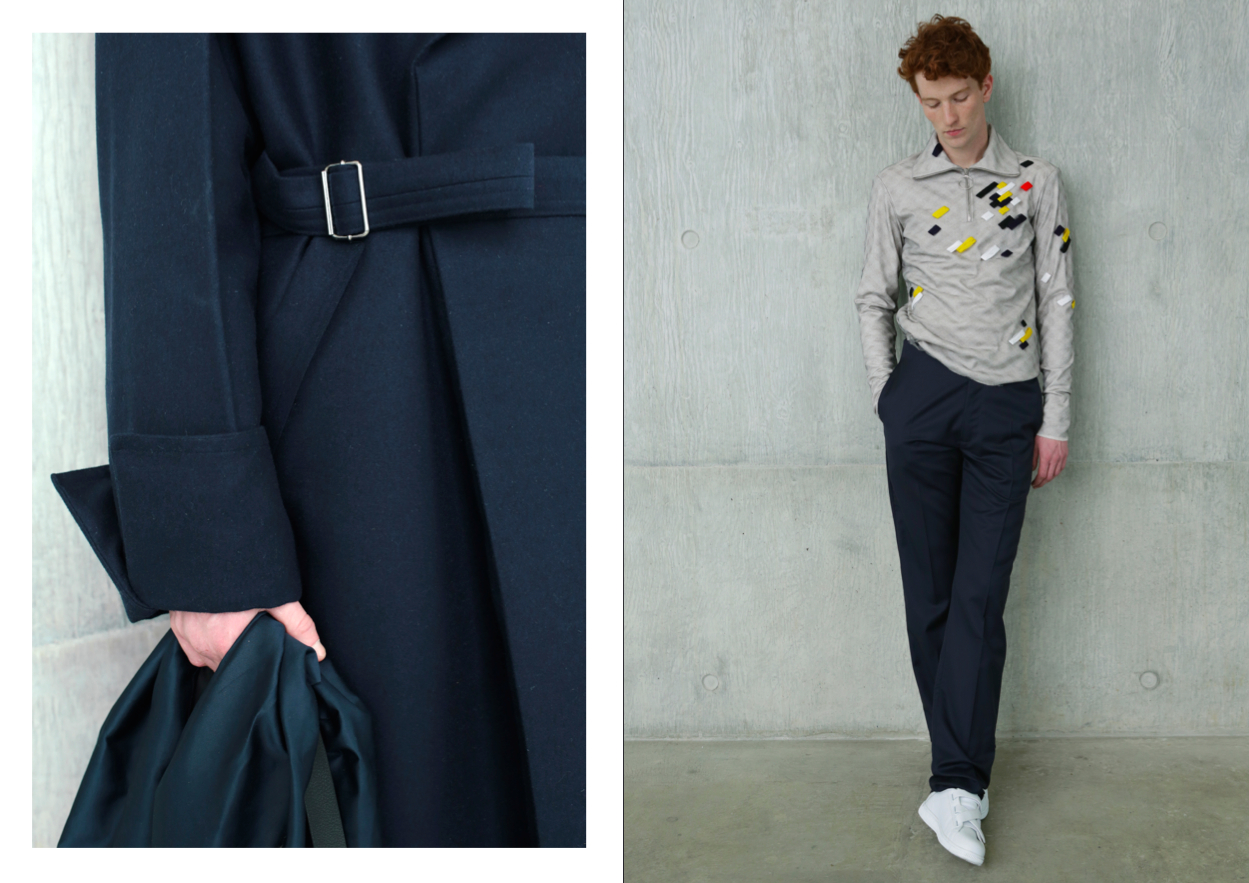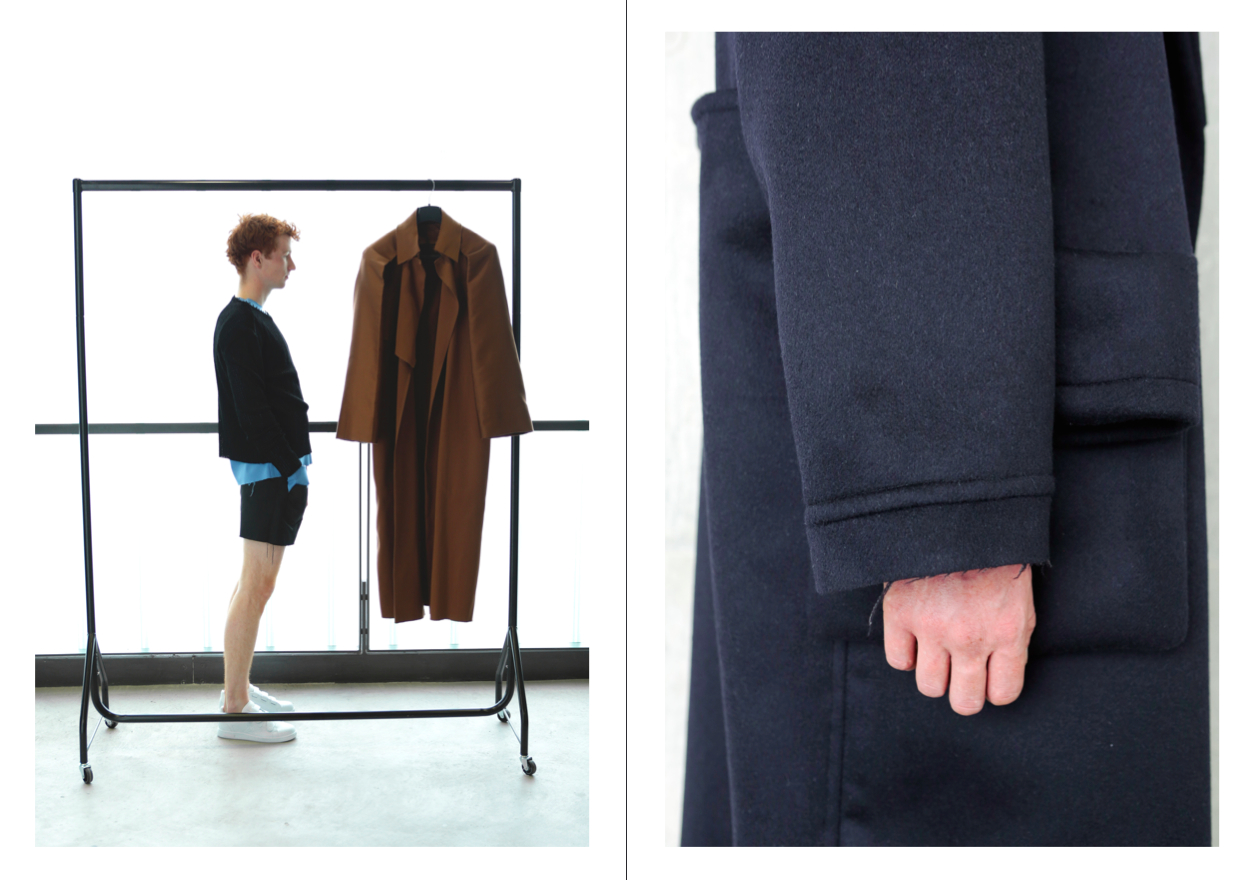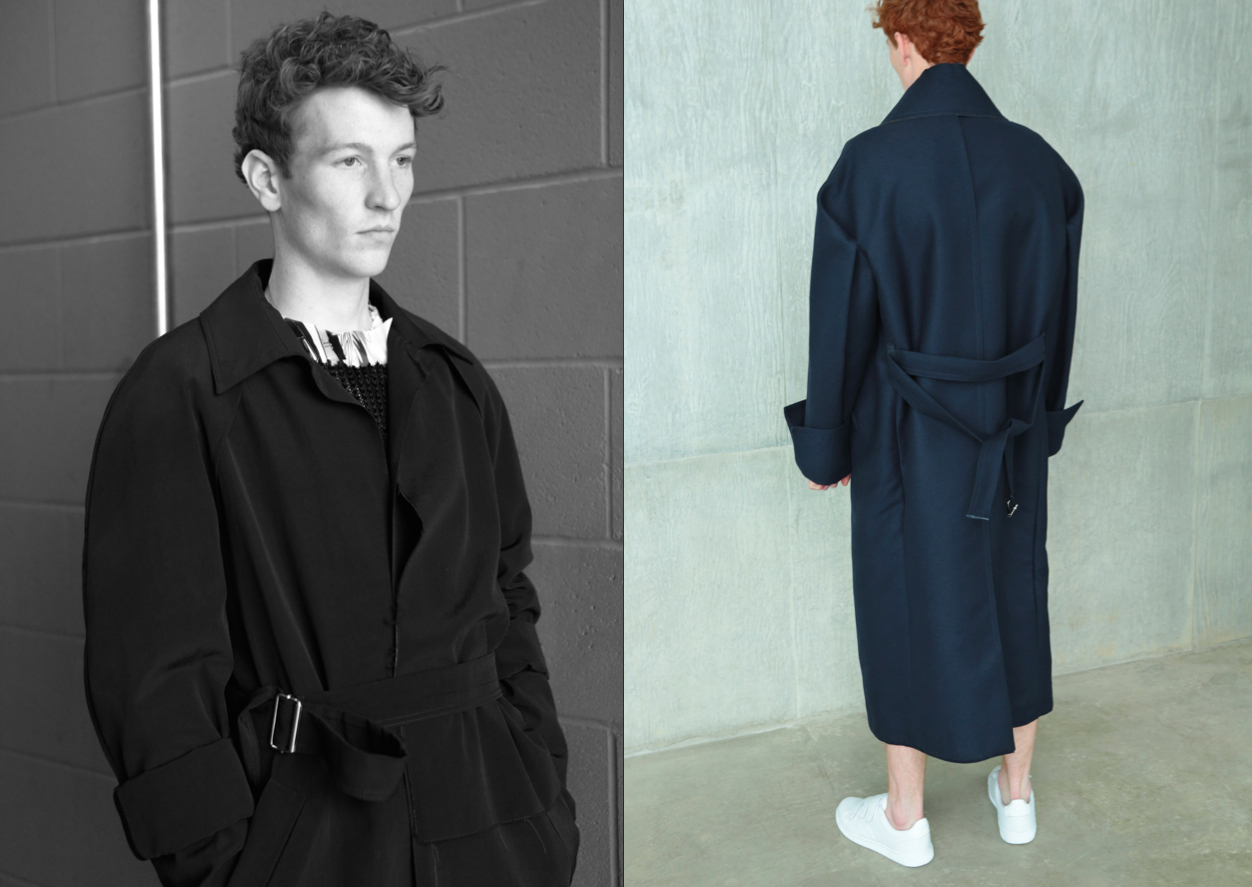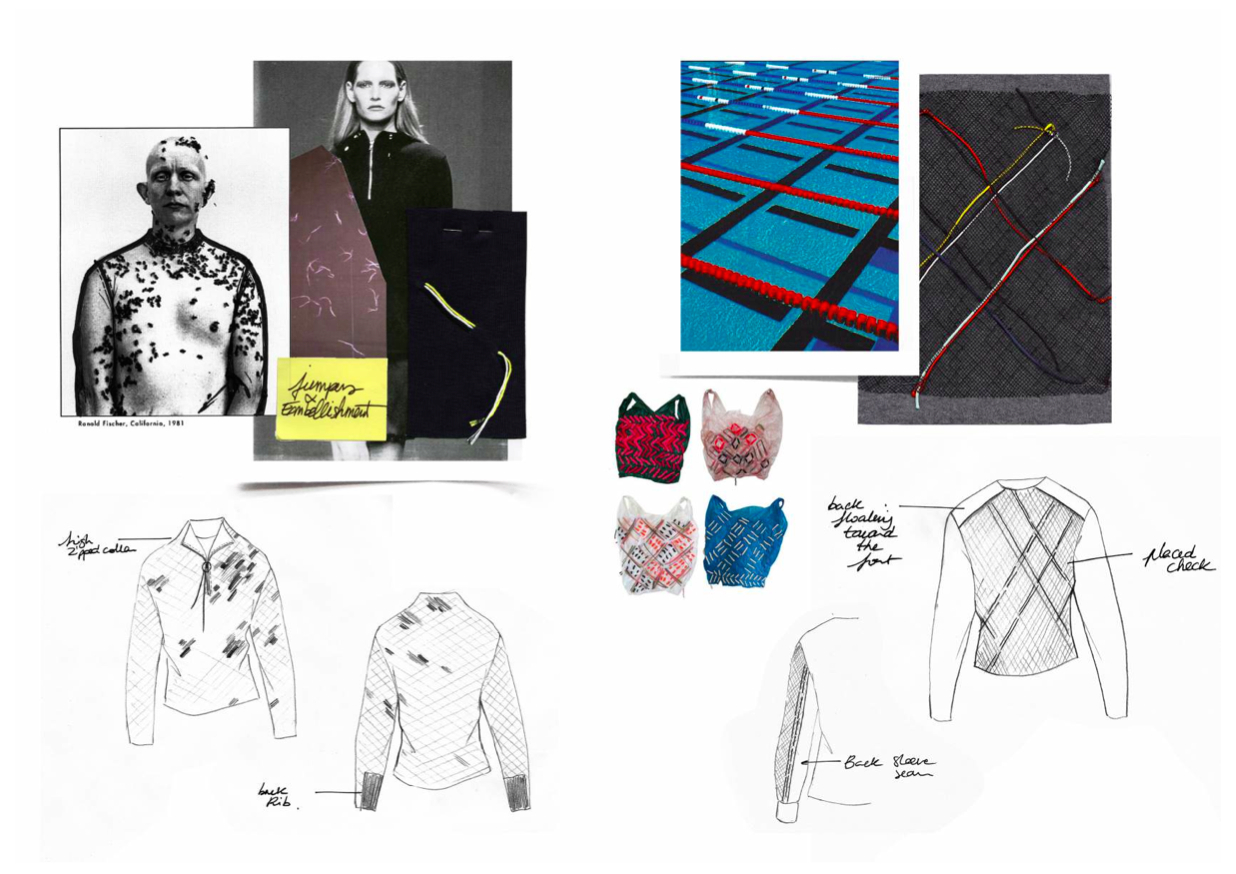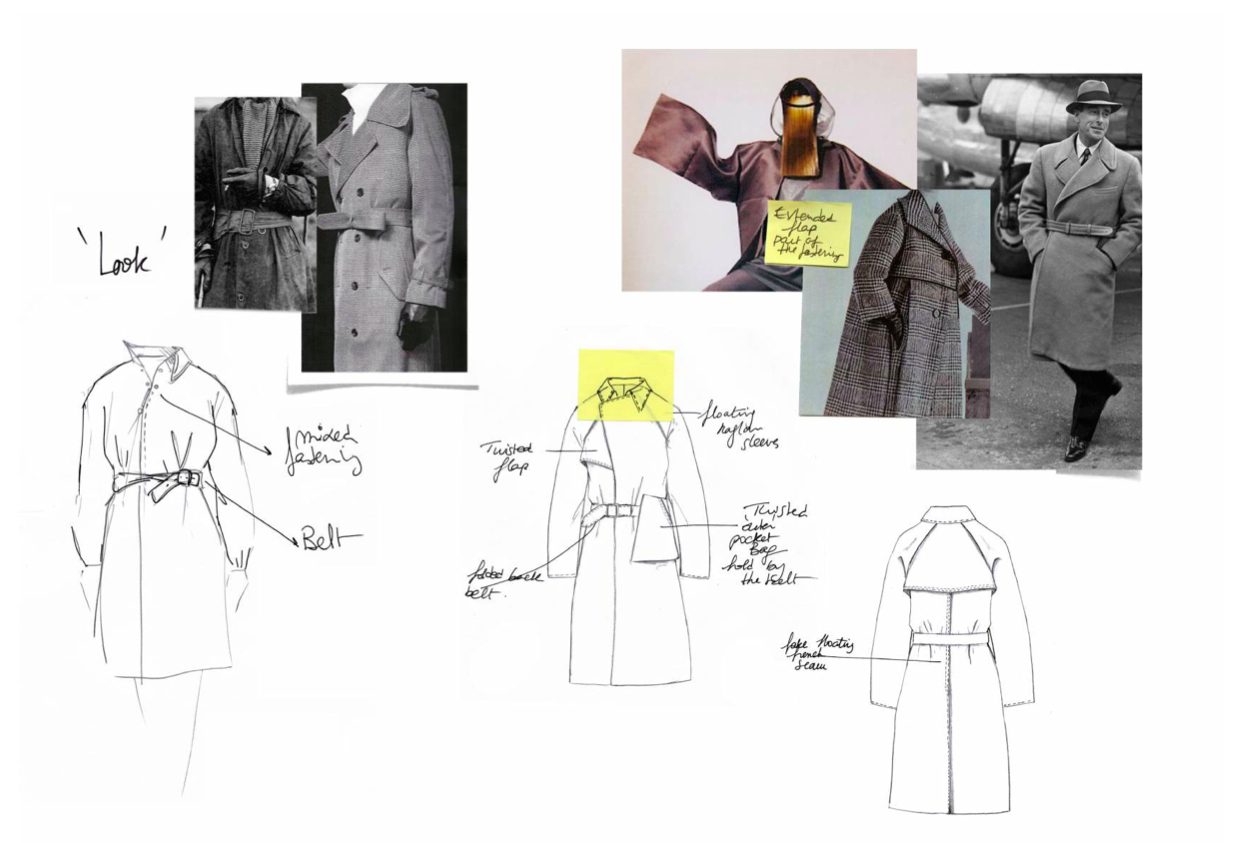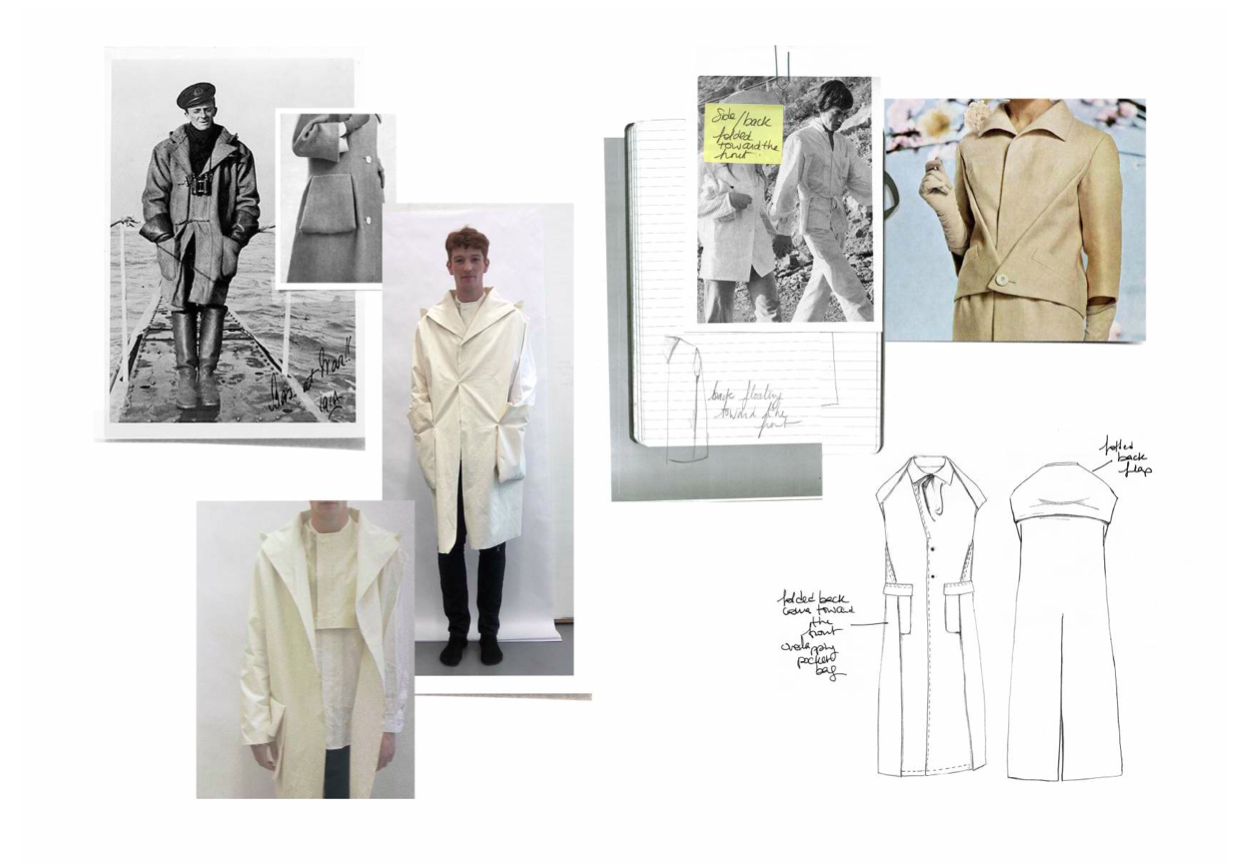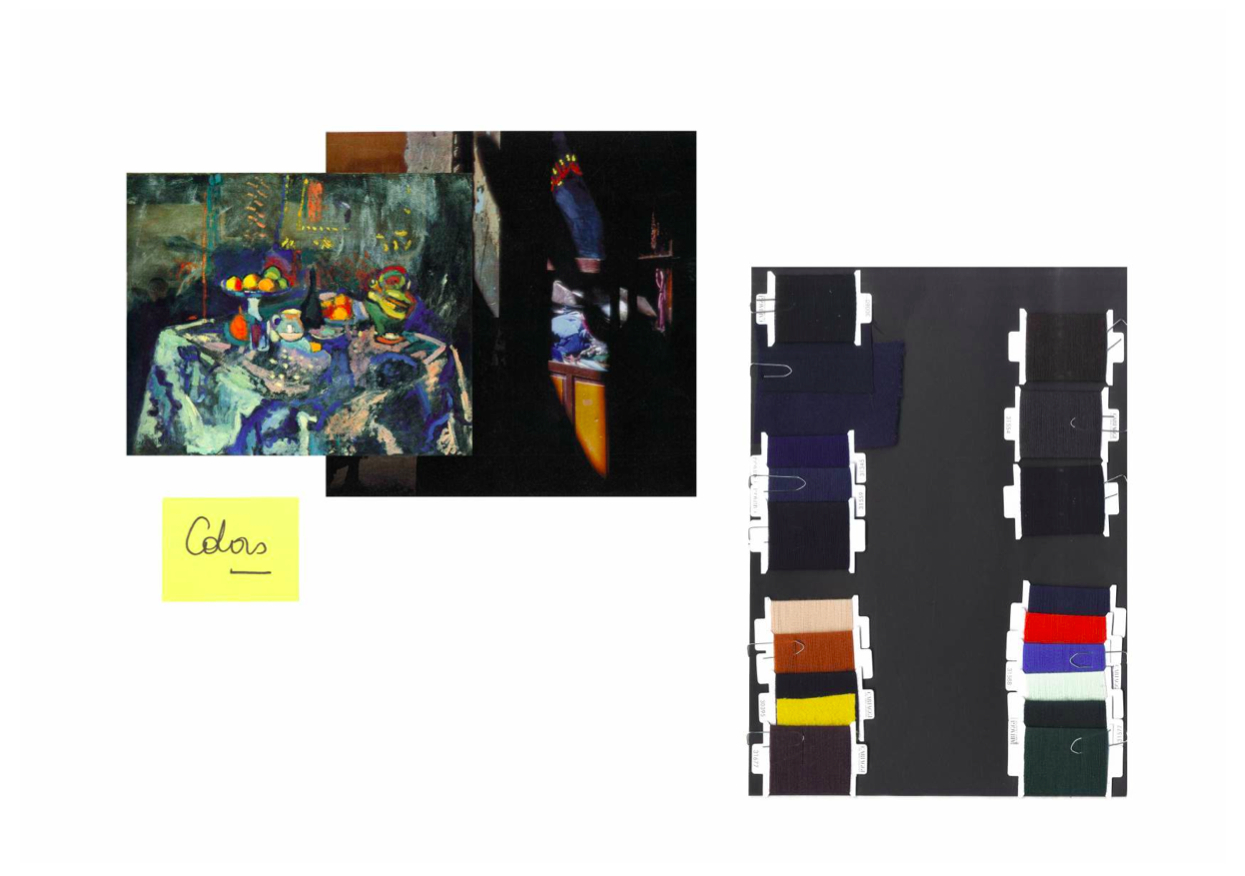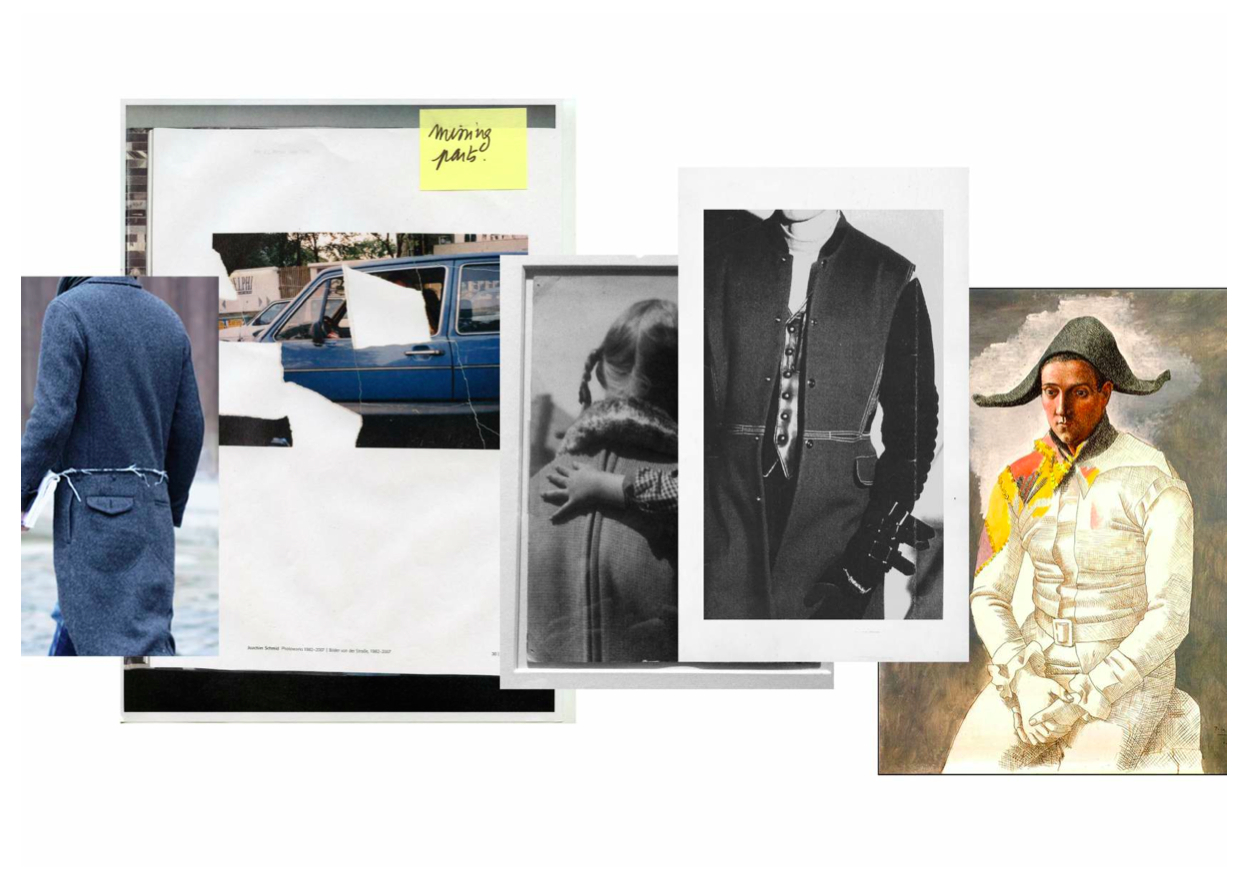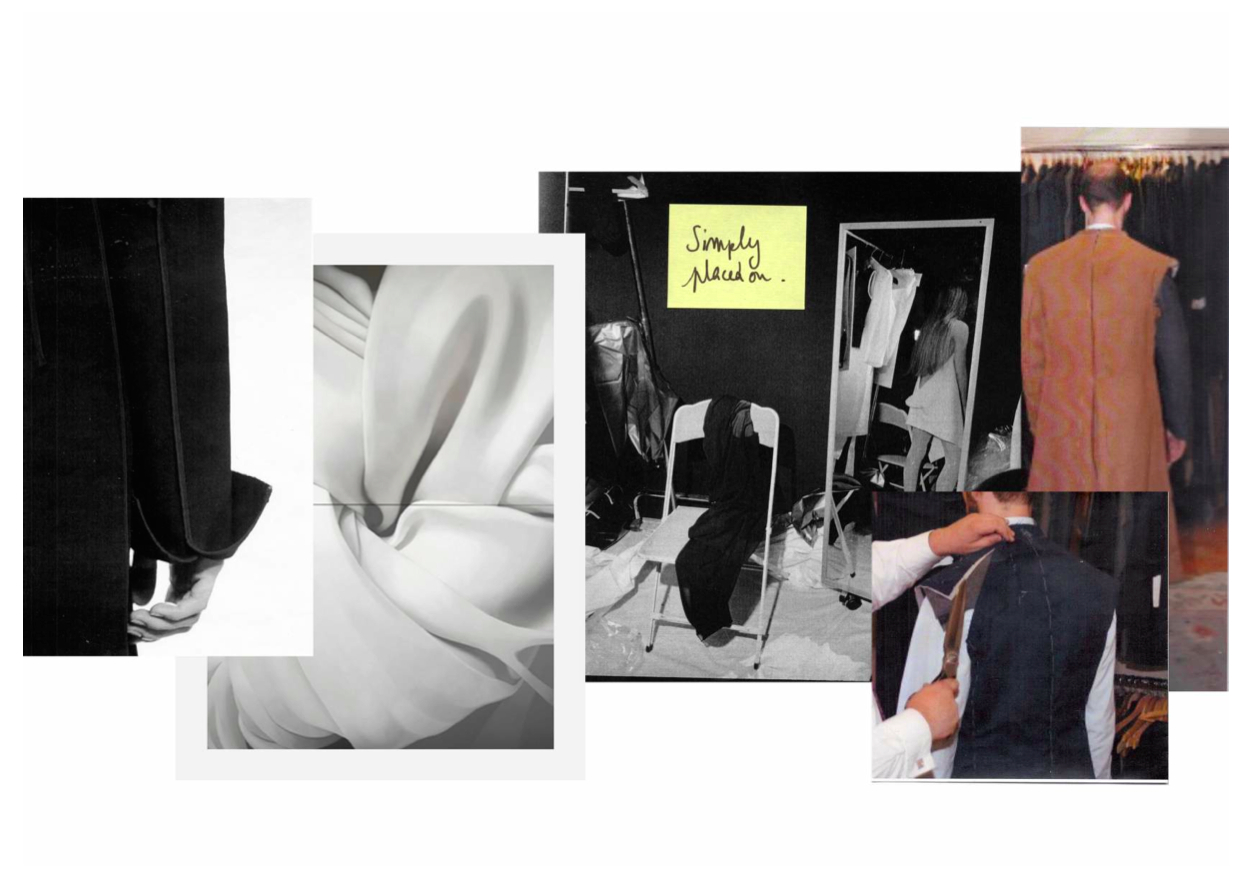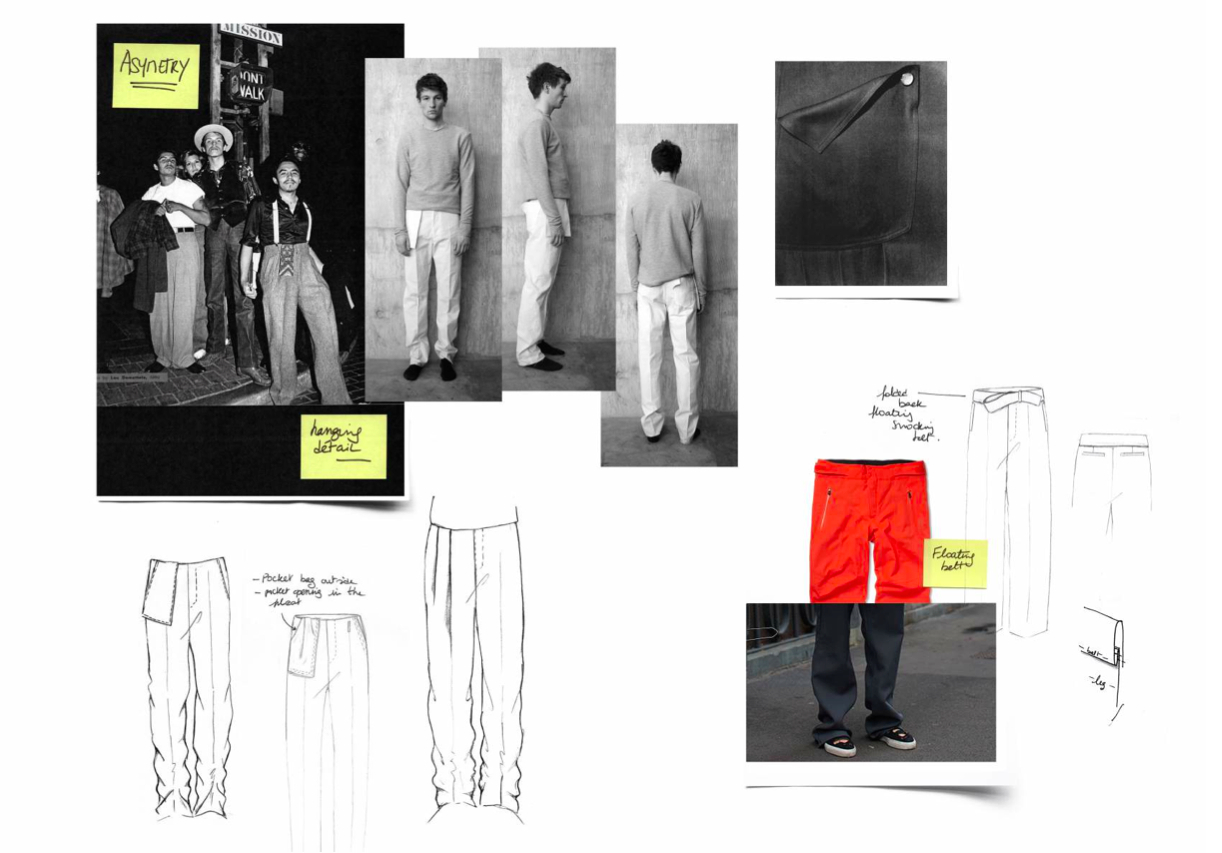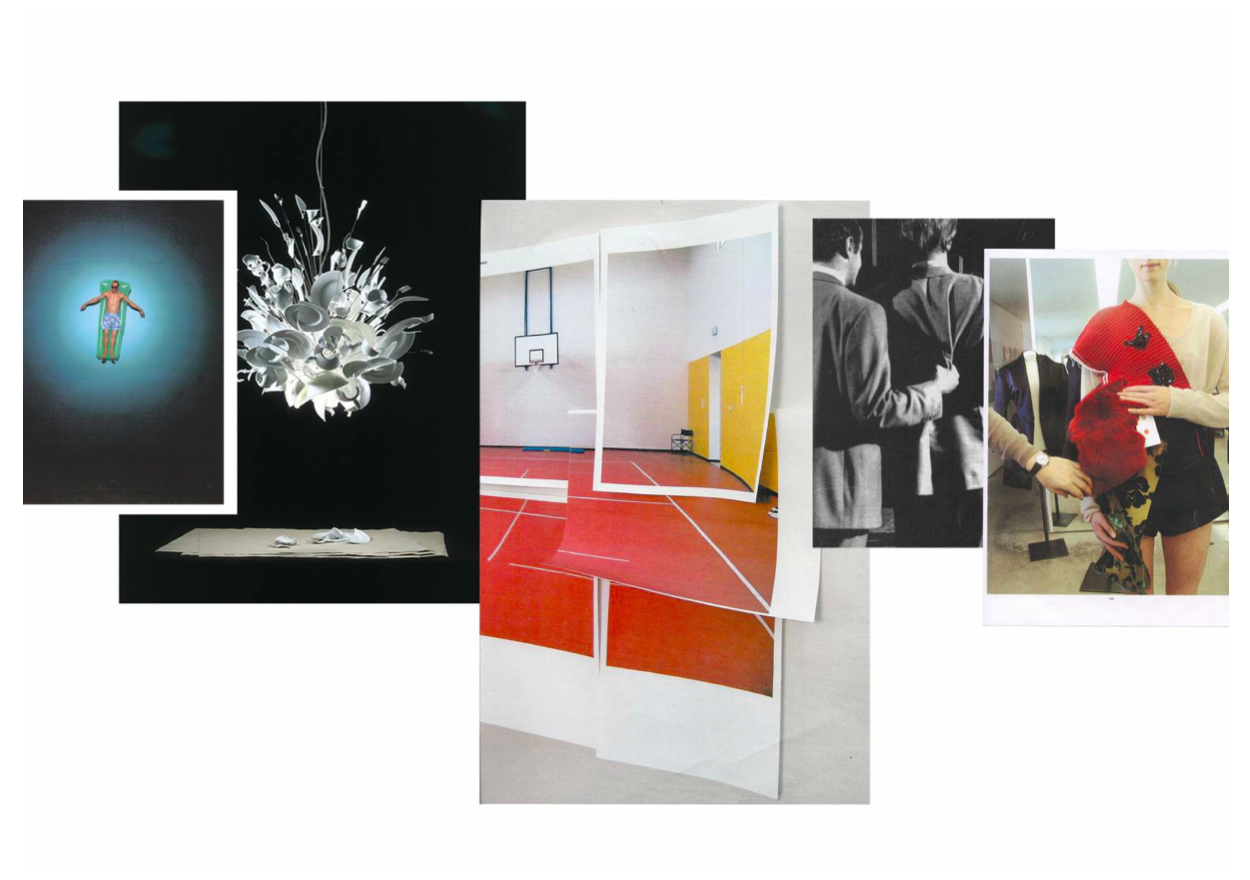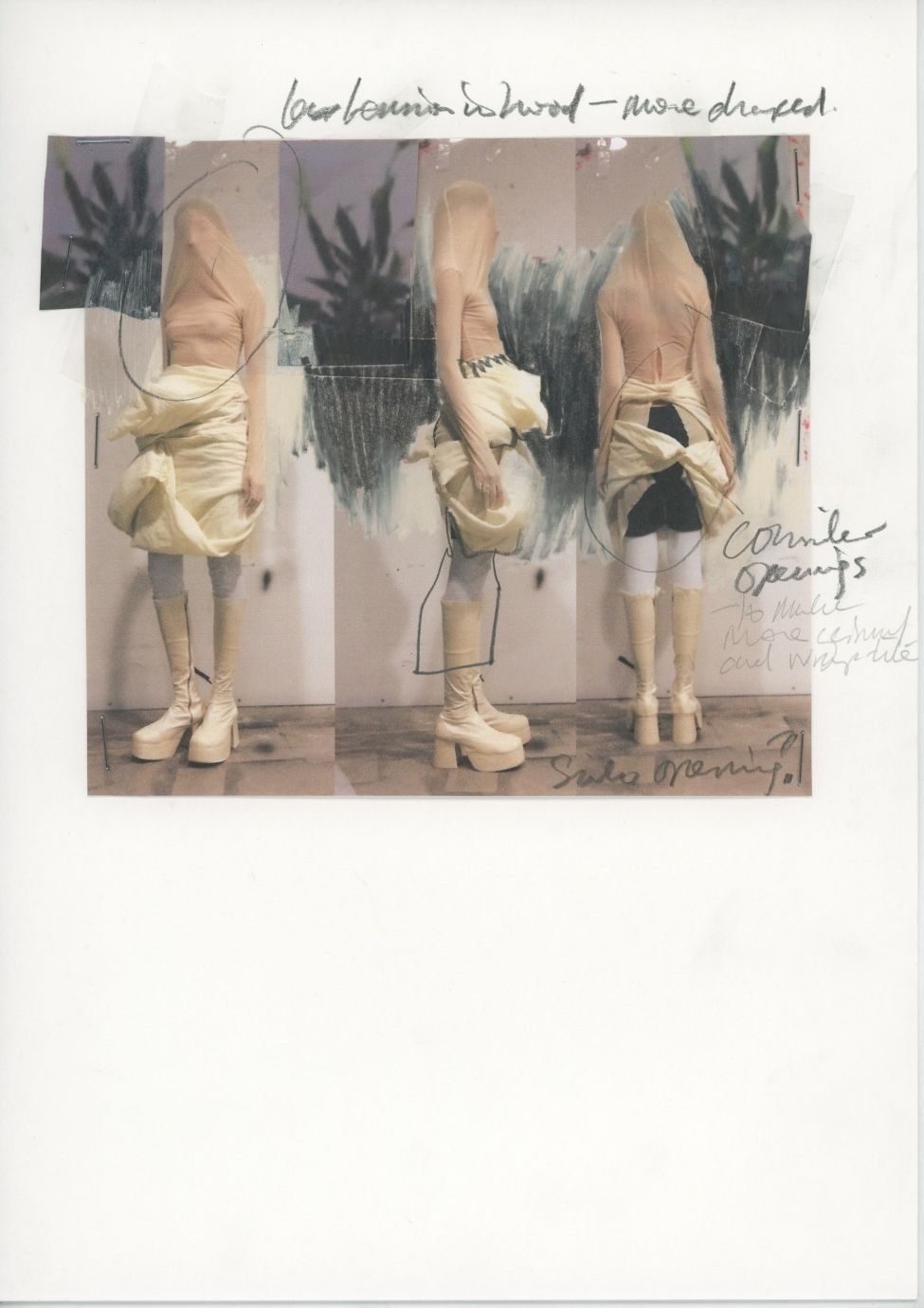Where were you born and raised, and what led you to take an interest in fashion?
I was born in the south of France, we lived in Paris for a while but when I was 4 years old we moved permanently to the south of France, in a small town between Nîmes and Montpellier. It’s a nice place when you are a child but as I grew up I always wanted to move to a city like Paris that offers great cultural stimulation, which I did just after I finished high school. I never really planned to do fashion, in high school I was determined to study architecture. It was only while I was doing my foundation course, where I did a bit of everything, that fashion came as an evident choice. I really like the independence that you have when you do fashion design. As long as you have a piece of fabric you can start a garment.
Was menswear always the goal for you?
Menswear was a spontaneous choice that I made when I came to CSM, after a two year course [in France] where I did womenswear. I think that I am attracted by the realistic approach of menswear and at the same time by the fact that boundaries can be pushed.
What attracts you to tailoring? How do you approach such a way of designing that requires so much skill?
I have always been attracted to pattern cutting and draping, and for me the final collection was the last moment where I could enjoy it. The tailoring part of the collection comes from the classic wardrobe that I wanted to explore and rethink.
I often designed with fabric manipulation on the stand, most of the time without knowing what the final result would be, or how to achieve it when I will have to do the patterns and repeat it. I like to have some surprises and it is a part of the process for me. I also draw, but with a drawing you have something quite definitive. Whereas with a piece of fabric you never know what it will be and you discover new things, unexpected shapes.
“WHEN I WAS INTERNING IN THOSE FASHION HOUSES I BECAME MORE AWARE OF “REAL CLOTHES”. I LEARNT HOW TO DESIGN A GARMENT AND TO THINK ABOUT EVERY SINGLE DETAIL, FROM THE CHOICE OF THE RIGHT FABRIC TO THE DESIGN OF THE PULLER FOR THE ZIPPER.”

